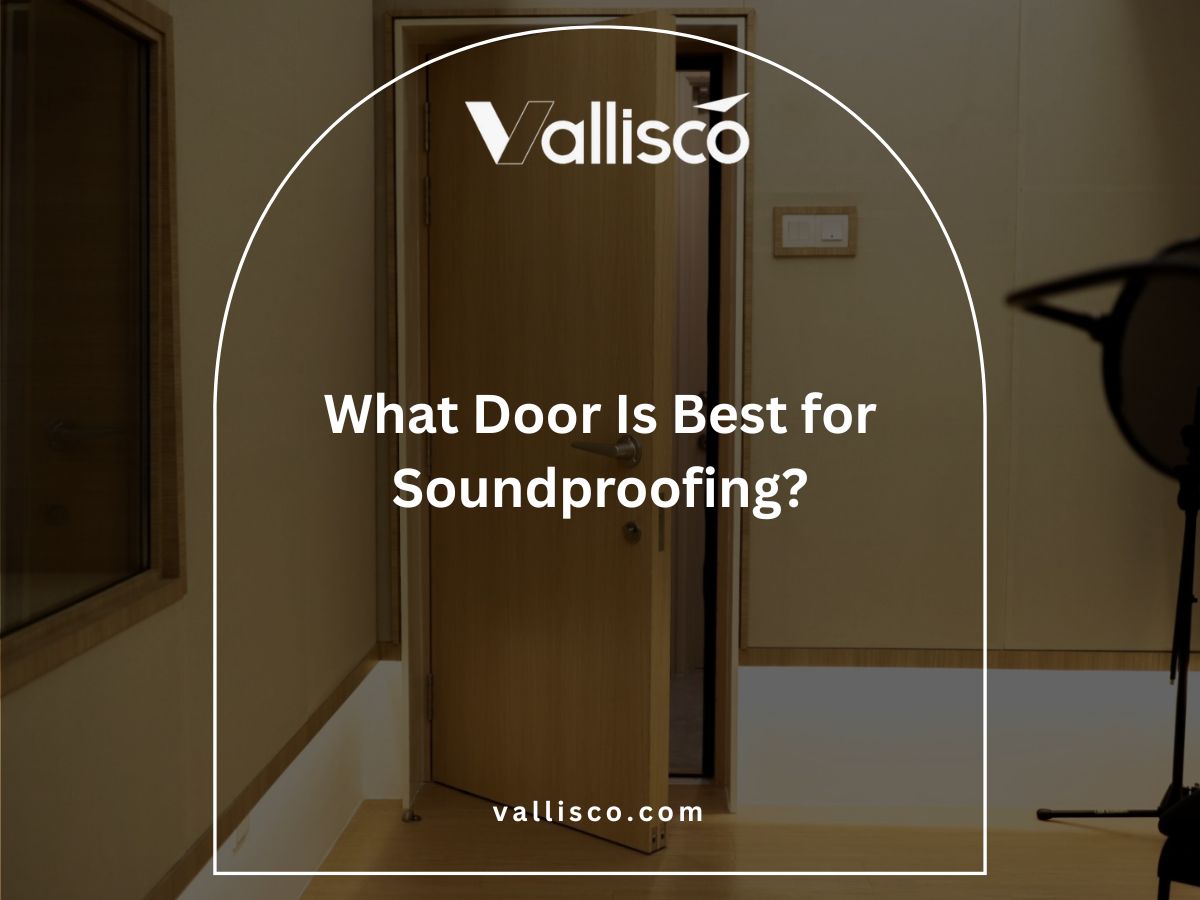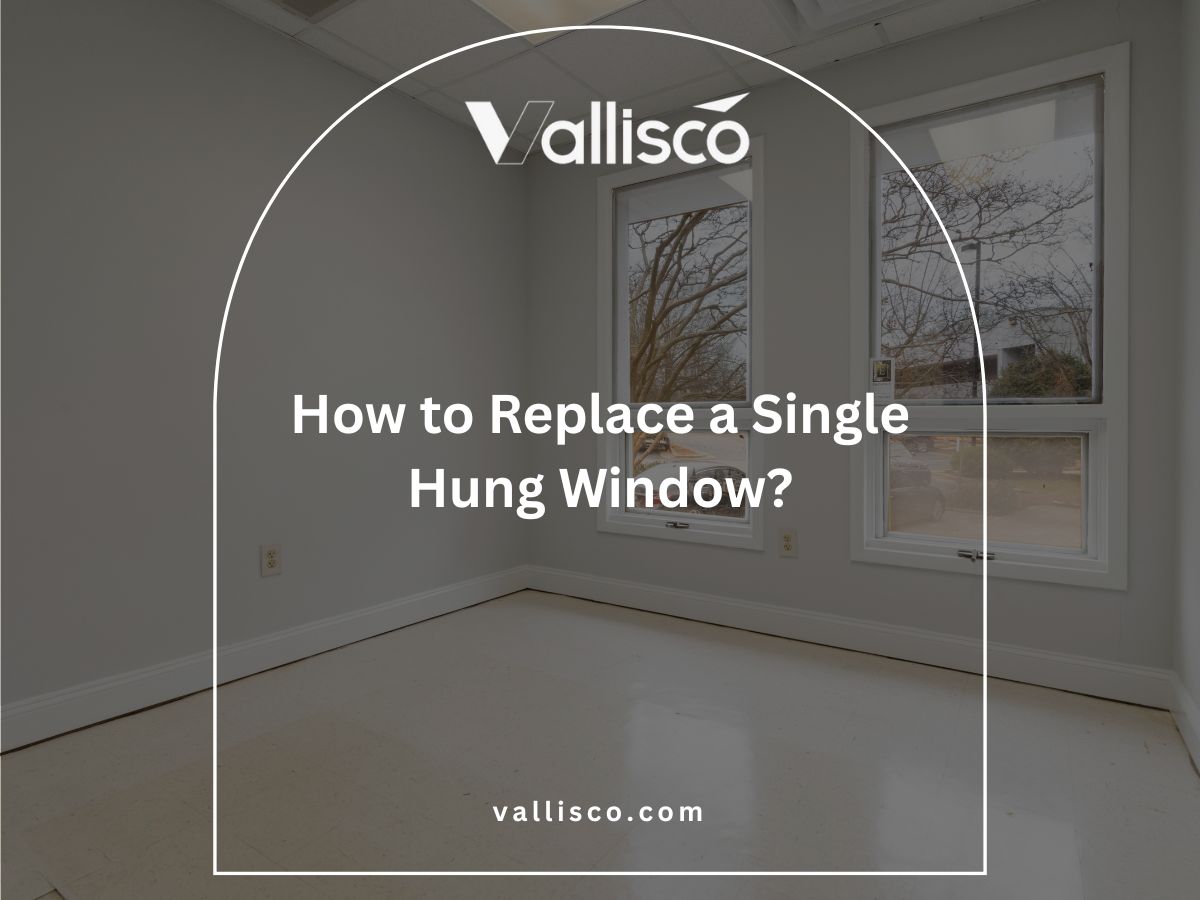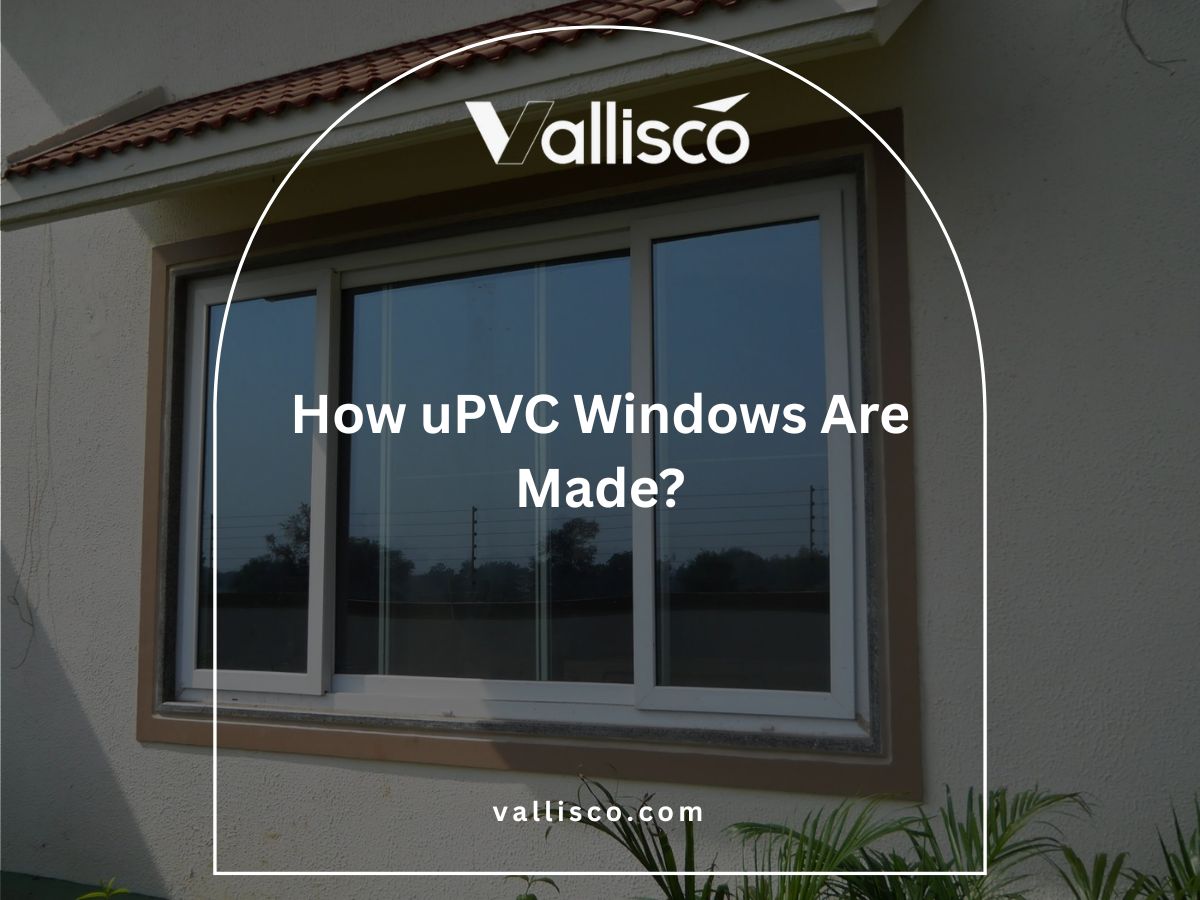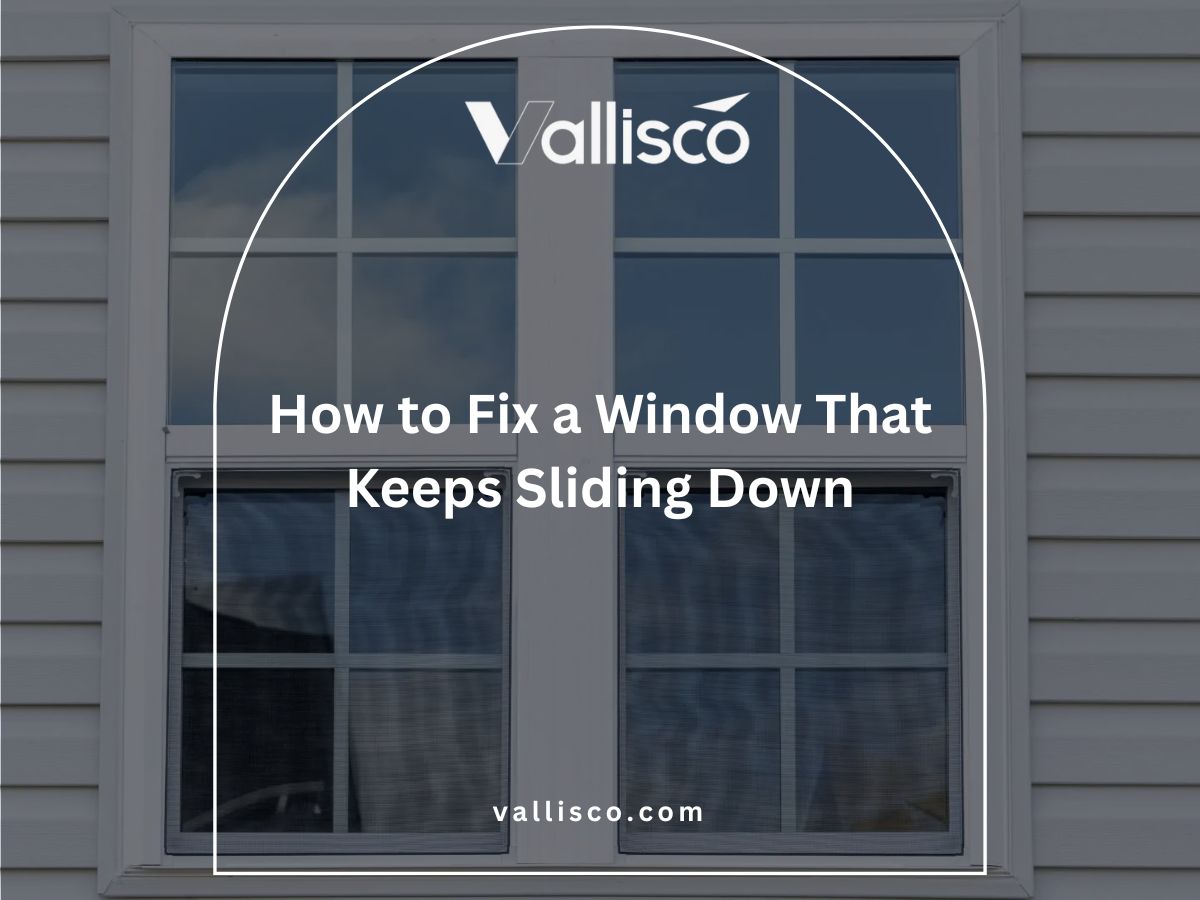I still remember the first time I saw a folding door in action it was at a friend’s newly renovated villa. The panels slid and folded away so smoothly, it felt like the entire wall had vanished. I couldn’t stop thinking about how different it looked from the heavy sliding doors I was used to.
That moment made me curious about what actually makes folding doors work so effortlessly.
Over the years, I’ve worked closely with builders, homeowners, and installation teams. I’ve seen what goes on behind the panels the tracks, hinges, and frame adjustments that most people never notice.
In this article, we’ll break down exactly how folding doors open, close, slide, and fold. You’ll also learn about the track system, hinges, panel configurations, and the space needed to make them work for your property. By the end, you’ll have a clear idea of whether they’re right for you.
If you’ve ever wondered what’s happening under the frame or behind the smooth motion, you’re in the right place.
So let’s begin!
1. What Are Folding Doors?
Folding doors are made of multiple panels joined by hinges that fold together when opened. They slide along a track so the panels stack neatly to one side, giving you a wide and unobstructed entryway. Unlike hinged, sliding, or pocket doors, folding doors can open almost the full width of an opening.
These doors work by combining hinged movement with smooth sliding action. As you push or pull, the panels fold against each other while gliding along the track. This design makes it easy to open or close a space quickly, whether in a home, hotel, or greenhouse.
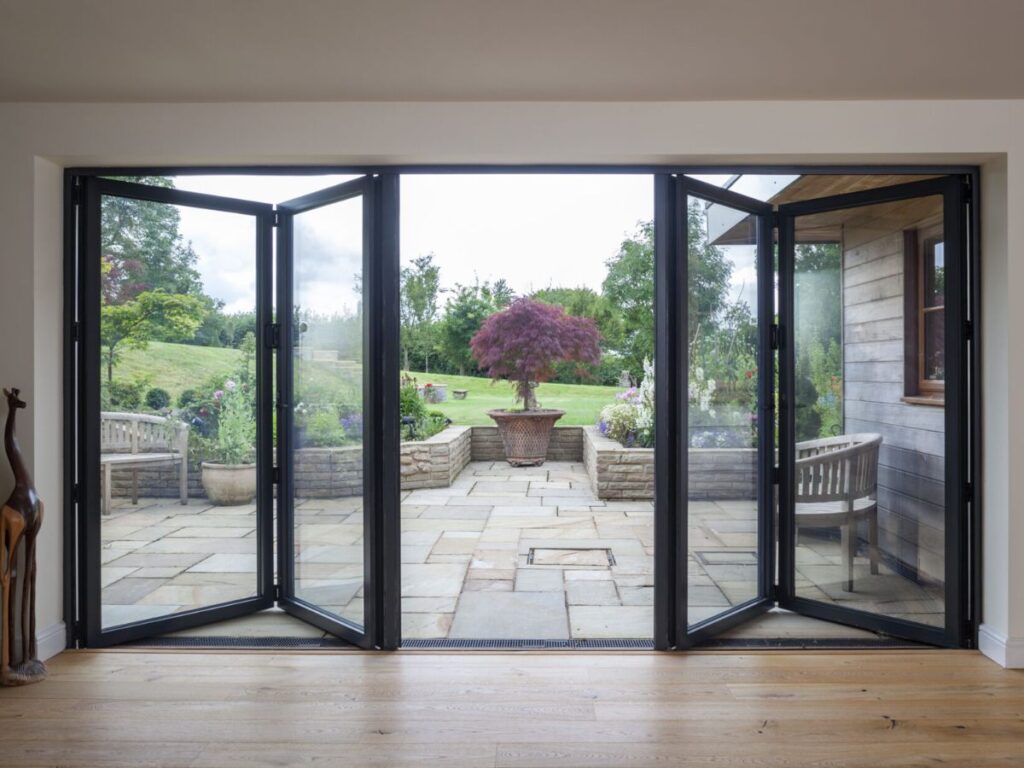
2. How Folding Doors Work (The Mechanism Explained)
Once you know the sequence, operating a folding door feels natural. The process is smooth when every part works as it should. I still remember the first time I guided a set of new panels across a track. The motion was so precise that it felt effortless.
Step#1 Unlocking and Releasing Panels
You start by using the handle to release the lock, freeing the panels so they can move. In villas or hotels, a good lock protects the property while still allowing easy operation when needed.
Step#2 Initial Panel Swing
In many systems, the first panel opens like a standard hinged door. This gives you quick access without opening the entire set. I’ve found this especially useful during bad weather when you only need to step outside for a moment.
Step#3 Folding Action
The panels are connected by hinges that allow them to fold together. As you push or pull, each panel follows the next, creating a smooth folding effect. This motion feels almost rhythmic when the system is well-built.
Step#4 Sliding Along Track
Rollers move within the track, keeping the panels perfectly aligned. With a properly installed track, even large panels glide with very little effort. This is where you really feel the difference between quality hardware and cheaper alternatives.
Step#5 Stacking Panels
Once folded, the panels stack neatly to one side or sometimes to both sides of the opening. This clears the doorway completely, making the area feel larger and more open. It’s one of the main reasons people choose folding doors for social spaces.
3. Types of Folding Doors
Different folding door styles suit different spaces. Choosing the right type depends on your opening size, design preferences, and how the door will be used.
| Type | Description | Best For | Not Ideal For | Common Material Options | Maintenance Level |
| Bi-Fold Doors | Two panels folding together | Small balconies, bedroom-to-terrace access | Very wide openings | Glass, aluminum, timber | Low to moderate, occasional hinge checks |
| Multi-Panel Folding Doors | More than two panels for wider spans | Hotel lobbies, event halls, greenhouses | Narrow doorways | Glass, aluminum | Moderate, track cleaning needed regularly |
| Internal Folding Doors | Used inside to divide spaces without blocking light | Guest rooms, lounges, meeting areas | Exterior openings in harsh weather | Glass, timber, composite | Low, mostly dusting and occasional lubrication |
| External Folding Doors | Built to handle outdoor exposure | Gardens, patios, poolside areas | Indoor-only spaces | Aluminum, glass, treated wood | Moderate to high, seal and finish checks needed |
The right type can improve both function and style, making your space more enjoyable to use. For quality doors that fit any of these categories, Vallisco offers reliable options for villas, hotels, B&Bs, and greenhouses.
4. Key Benefits of Folding Doors
Folding doors offer more than just style. They change how space feels and functions. Here’s why many villa, hotel, and greenhouse owners choose them.
Maximizes Opening Space
Hinged doors swing into a room and take up space. Sliding doors only open halfway. Folding doors stack to the side, leaving almost the full width clear. This makes them perfect for wide openings and busy areas. You get an open, uninterrupted view that makes the room feel larger and more connected.
Improves Indoor-Outdoor Flow
If your villa, hotel, or B&B has a patio, garden, or pool area, folding doors can make that space feel like part of the indoors. When fully open, there is no visual barrier, and guests can walk freely between the two areas. This creates a welcoming atmosphere for entertaining or relaxing. I’ve seen this setup transform a quiet breakfast area into a lively social space in just minutes.
Versatility in Design
Folding doors come in many materials including glass, wood, aluminum, and composites. You can match them to the style of your building or choose a mix for both looks and durability. Glass panels give a modern feel and let in light, while wood adds warmth and texture. This flexibility makes them suitable for both traditional villas and contemporary hotels.
Space Saving
Swing doors require a clear arc to open, which can take up valuable floor space. Folding doors use a track and stack to the side, freeing up the area around them. This is especially helpful in smaller lounges or rooms where every square foot matters. I’ve found this feature particularly appreciated by B&B owners looking to maximize their usable space.
Natural Light and Ventilation
In greenhouses, folding doors can completely open up one side, letting in fresh air while keeping natural light flowing. Even in residential or hospitality spaces, they help brighten interiors and improve airflow. A well-placed folding door can make a stuffy room feel fresh and open in seconds.
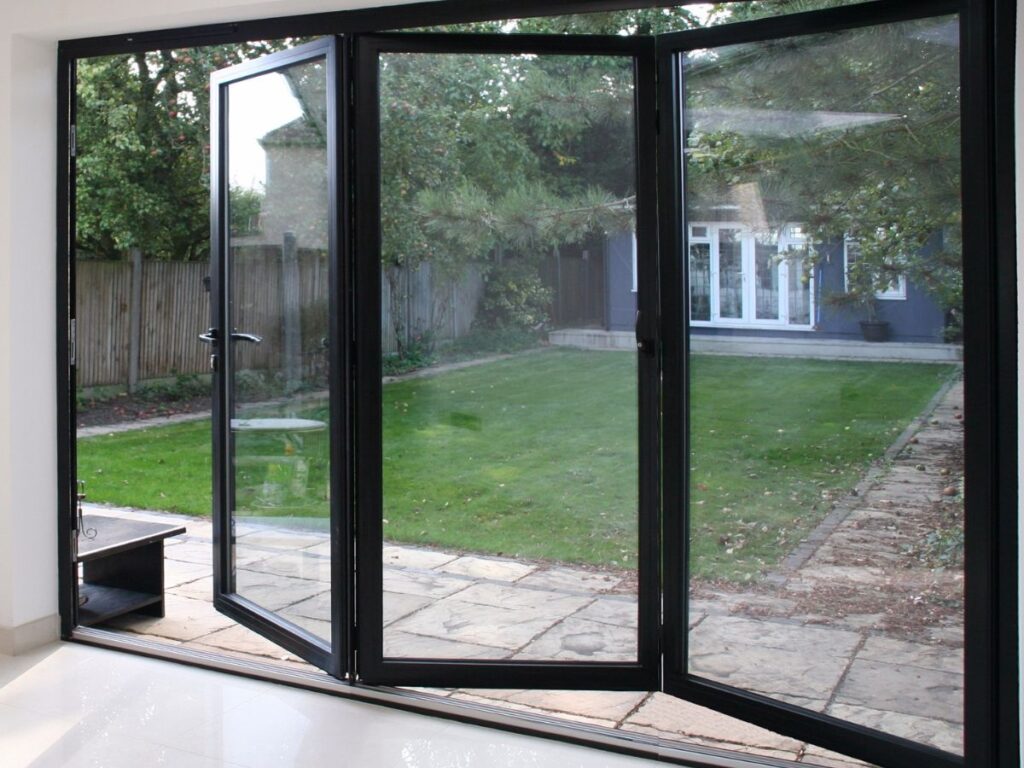
5. Main Components of Folding Doors
Every folding door is made up of several parts working together. Understanding these will help you choose the right setup for your property. When I first learned about them, I realized how each component plays a role in both appearance and function.
Panels
- Material Options: Panels can be made from glass, timber, aluminum, or a combination. Glass panels are popular for letting in light, while timber adds warmth and aluminum offers a clean, modern finish.
- Weight Considerations: The weight of the panel affects how easily the door moves. Heavier panels may need stronger tracks and hinges to operate smoothly.
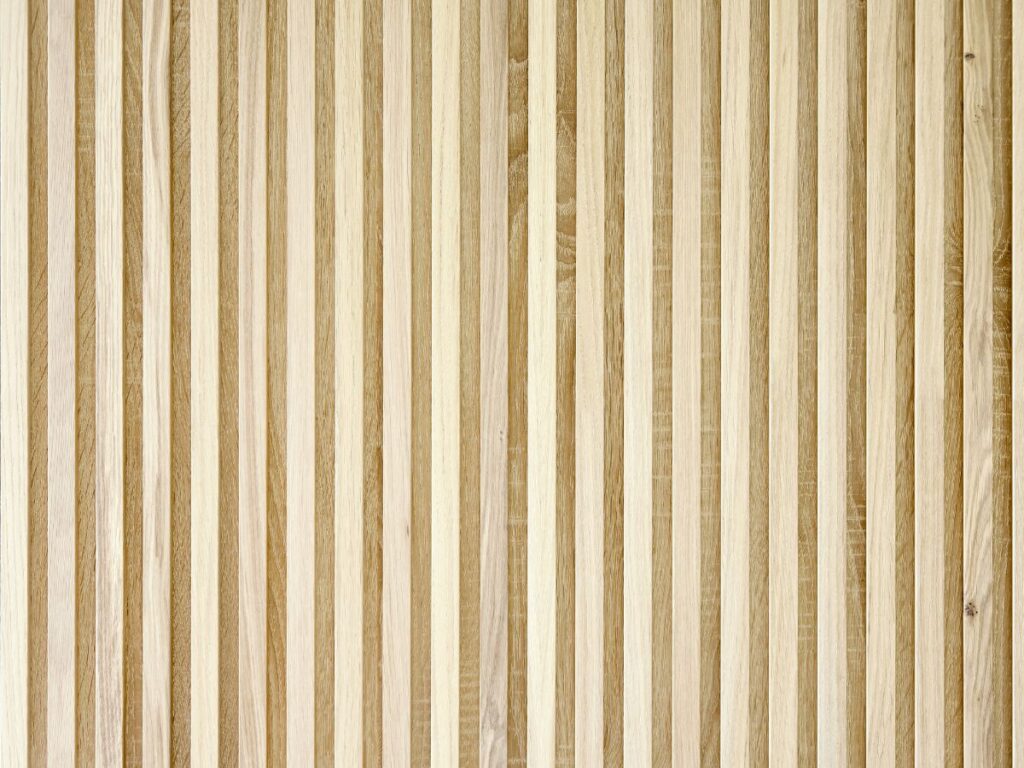
Hinges
- Connection Function: Hinges join the panels together so they can fold in sequence. Without quality hinges, movement can feel stiff or uneven.
- Motion Control: Good hinges allow panels to fold without misalignment. I’ve seen cheap hinges cause panels to sag over time, which makes the door harder to use.
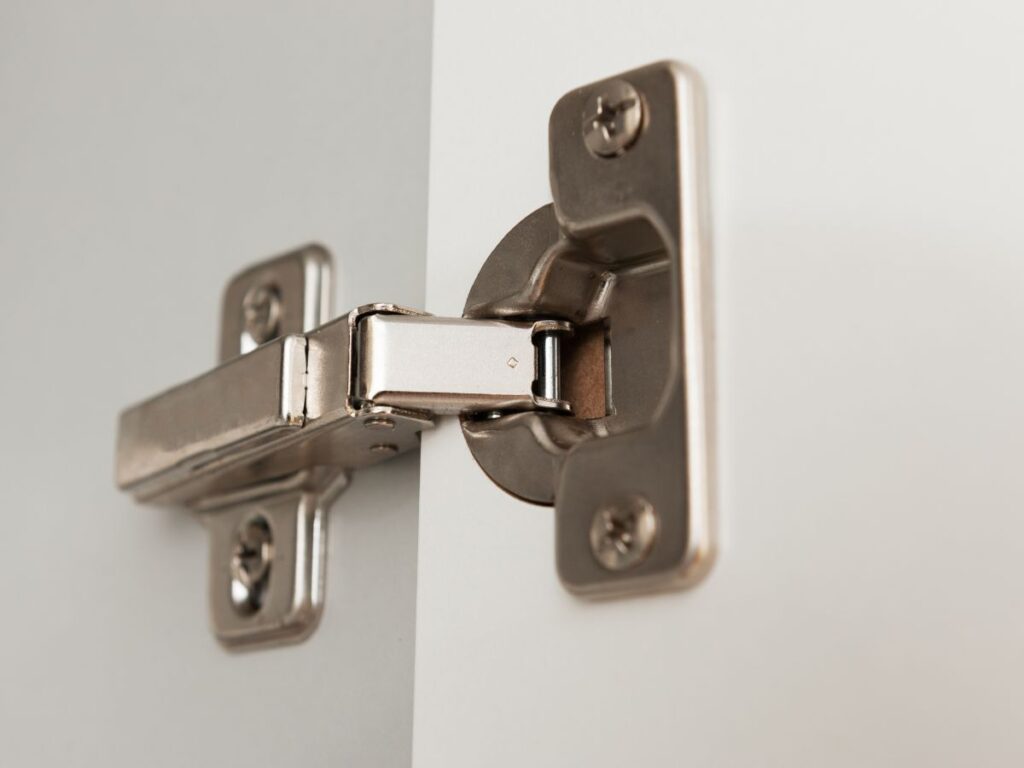
Tracks and Rollers
- Track Placement: Tracks can be top-mounted or bottom-mounted. Top-mounted tracks free up the floor space below, while bottom-mounted tracks may offer more stability for heavy panels.
- Smooth Guidance: Rollers move within the tracks, guiding the panels. A well-installed track and roller system keeps the motion light and consistent.
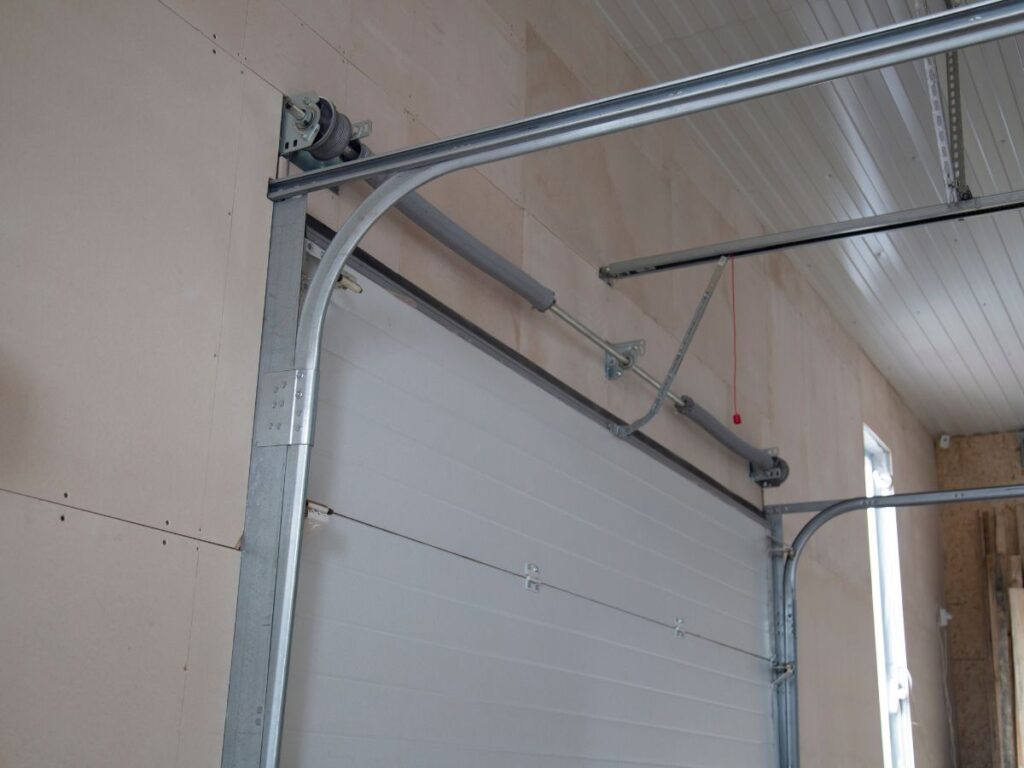
Handles and Locks
- Function and Style: Handles are for easy operation, while locks keep the door secure. In hotels and villas, lock quality is especially important for guest safety.
- Placement: Handle and lock placement affects comfort when opening or closing the door.
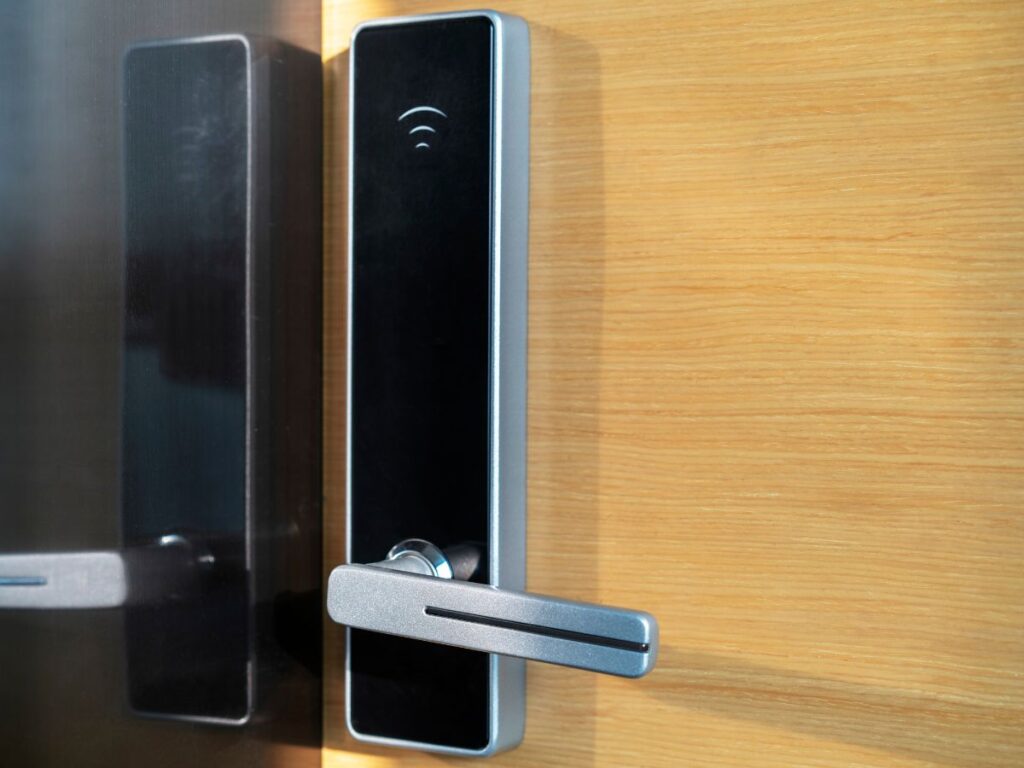
Weather Seals and Thresholds
- Protection Role: Weather seals help keep drafts, dust, and water out. They line the edges of the panels, creating a tight fit when the door is closed. This is especially important for villas near the coast or hotels in rainy regions, where moisture can quickly damage interiors.
- Threshold Design: A threshold is the strip at the bottom that the door closes against. In external folding doors, a good threshold prevents rain from seeping inside.

6. Common Issues and Challenges with Folding Doors
Even high-quality folding doors can develop issues over time. The good news is most problems are simple to fix if you notice them early. I’ve seen small maintenance habits save property owners from costly repairs.
- Panel Misalignment: Panels can shift out of line if hinges loosen or rollers wear down. This makes the door harder to move and can cause uneven gaps. Check hinge screws regularly and replace worn rollers before the problem gets worse.
- Track Obstruction: Tracks may collect dust, leaves, or small stones that block movement. Outdoor tracks can also develop rust over time. Wipe the track clean weekly and keep it dry to maintain smooth sliding.
- Weather Damage: Wood panels can swell in humid weather, while seals can wear down from sun exposure. These changes affect how tightly the door closes and how well it keeps out the elements. Use protective finishes for wood and replace worn seals quickly.
- Operational Noise: Squeaks or grinding often mean the rollers or hinges need lubrication. Dry hardware creates friction that wears out parts faster. Apply a silicone-based lubricant every few months to keep the movement quiet and smooth.
Small fixes now can prevent major repairs later. Regular checks keep folding doors looking good and working the way they should.
7. Choosing the Best Folding Door for Your Project
Selecting the right folding door can completely change how a space looks and functions. I’ve seen projects succeed simply because the door fit the space perfectly and matched the way people used it. Taking time to consider the details now will save you frustration later.
Consider Your Space Requirements
Think about the size of your opening, the number of panels you need, and which way you want them to fold. Larger spaces might work better with more panels that stack neatly. Smaller openings may need fewer panels to avoid crowding the frame.
Material Selection
Glass panels bring in natural light and make spaces feel open. Aluminum offers durability and low maintenance, especially for outdoor settings. Wood adds warmth and character but needs regular care to handle weather changes.
Track System Decision
Top-hung systems give you a clear floor space by hanging panels from above. Bottom-rolling systems place the weight on a floor track, making them better for structures without strong overhead support. I’ve used both, and the choice often comes down to the building’s frame strength.
Security and Safety
Good locks protect your property while keeping operation smooth. Tempered glass is a safer option because it’s designed to break into small, less harmful pieces. If you have children around, look for handles and locks placed out of their reach.
Budget vs. Quality
Cheaper doors may look fine at first but often require more repairs over time. Higher-quality doors, like those from Vallisco, cost more upfront but usually save money in the long run through fewer maintenance issues. I’ve seen owners regret choosing the lowest price when replacement parts became a regular expense.
Conclusion
That first time I saw folding doors open, I realized it was more than just a design choice it was an experience. You now know the parts, the benefits, and the best uses.
From villas to greenhouses, they create flow, save space, and make life easier.
So, what’s your next step? Are you ready to see how they could transform your property?
Contact Vallisco today and let’s make it happen.
Learn More: Recommended Reads
Want to see more products? We’ve got plenty of options that might just be the perfect fit for you:
Still haven’t found what you’re looking for? Don’t hesitate to contact us. We’re available around the clock to assist you.



